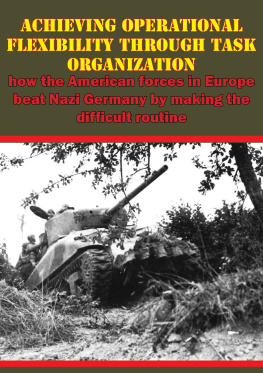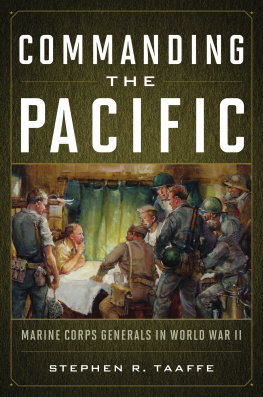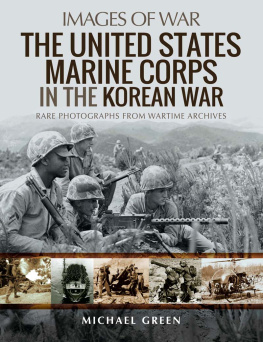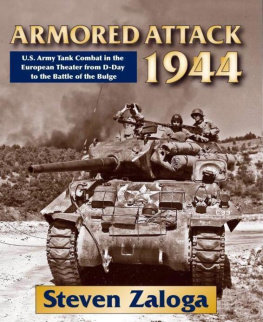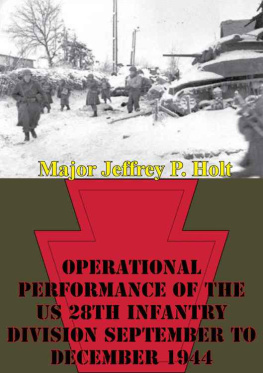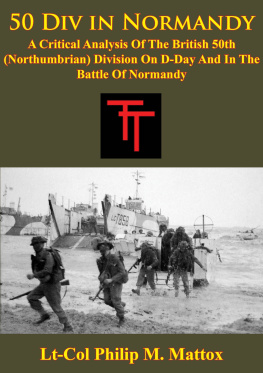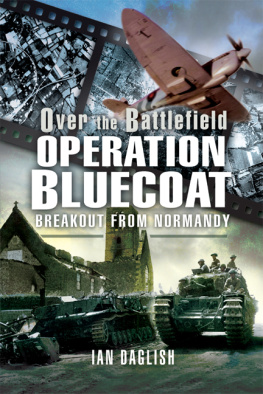

This edition is published by PICKLE PARTNERS PUBLISHINGwww.picklepartnerspublishing.com
To join our mailing list for new titles or for issues with our books picklepublishing@gmail.com
Or on Facebook
Text originally published in 2013 under the same title.
Pickle Partners Publishing 2013, all rights reserved. No part of this publication may be reproduced, stored in a retrieval system or transmitted by any means, electrical, mechanical or otherwise without the written permission of the copyright holder.
Publishers Note
Although in most cases we have retained the Authors original spelling and grammar to authentically reproduce the work of the Author and the original intent of such material, some additional notes and clarifications have been added for the modern readers benefit.
We have also made every effort to include all maps and illustrations of the original edition the limitations of formatting do not allow of including larger maps, we will upload as many of these maps as possible.
ACHIEVING OPERATIONAL FLEXIBILITY THROUGH TASK ORGANIZATION: HOW THE AMERICAN FORCES IN EUROPE BEAT NAZI GERMANY BY MAKING THE DIFFICULT ROUTINE
A Monograph
by
LTC Brian North
U.S. Army
TABLE OF CONTENTS
Contents
ABSTRACT
ACHIEVING OPERATIONAL FLEXIBILITY THROUGH TASK ORGANIZATION: HOW THE AMERICAN FORCES IN EUROPE BEAT NAZI GERMANY BY MAKING THE DIFFICULT ROUTINE, by LTC Brian North.
On the eve of World War II, the United States Army was a small cadre force without deployable combat divisions. Because of years of preparation and planning during the interwar years, the Army completed the transformation into a huge organization with multiple army groups spread across the world in less than four years. This new army displayed remarkable battlefield flexibility. Doctrine and training guided senior leaders in the European Theater of Operations to ensure overwhelming combat power at the point of attack. They constantly shifted their divisions, a limited asset on the continent for the majority of 1944, between corps headquarters immediately prior to major battles. Many divisions changed corps assignments four times in a three-month period and corps moved between armies on a regular basis with no apparent difficulty. Changing task organization in the face of the enemy is a complex undertaking, affecting command relationships, logistics, and every other staff function. Despite the potential for introducing unwanted friction, the shifting of units from one headquarters to another was a common practice in the European theater in 1944. How were these newly formed units able to display the flexibility to integrate effectively while engaged in combat?
This monograph proposes operational flexibility resulted from a unique American way of war developed during the interwar period by veterans of the First World War. Three factorscommon doctrine, carefully selected leaders, and an effective organizational structureprovided senior commanders the organizational flexibility they required in combat. Without this flexibility, the Army would have had difficulty executing its breakout from the Normandy bridgehead, pursuing the retreating German forces across France, and quickly thwarting the Nazi offensive in the Ardennes at the end of 1944. The interwar school system and stable doctrine enabled a common understanding on how to solve tactical and operational military problems. The high quality and close-knit officer corps, particularly the Regular Army officers who served in senior leadership positions, facilitated the process of unit integration. The design of large unit organizations, and the staff structure which supported them, greatly simplified the process of moving divisions between units to accommodate the changing situation in the face of an aggressive and adaptable enemy.
There is a clear parallel between the roles of U. S. Army World War II era corps and modern divisions. The current division headquarters is designed to integrate brigade combat teams for specific missions much like the 1944 corps. This monograph suggests that many components of our current doctrine, leadership model, and organization are well designed to enable flexibility. Some components of our current system do not facilitate task organization changes in combat, and we must address them before that capability becomes indispensable on a future battlefield. In particular, this study highlights the importance of stable and widely understood doctrine, use of high quality liaison officers, and rigorous selection and education of the officer corps. Our leadership and doctrine recognize those concepts, but fail to provide the resources and processes to implement across the service. The Armys reliance upon pooling of critical assets, lack of mass in field artillery unit allocation, and rigidity of current communications systems are potential areas that could constrain options for rapid changes in task organization, and deserve further analysis of both historical precedents and future application.
ACKNOWLEDGMENTS
This monograph owes a great deal to the suggestions, guidance, and support of my monograph director, Dr. Stephen Bourque. It was at his initial suggestion that I looked at the United States Army during the initial European campaign in a new light, and as such I will never read another history book without stopping and asking how did they make that task organization change so easy? As a Signal Corps officer, I inherently understand how difficult changing task organization can be, and it surprised me how both participants and historians have failed to examine or give credit to those factors that made it possible. I also would like to thank Dr. Peter Schifferle, whose book provides the base upon which this monograph has been built and who has been generous with providing me leads and sources. Colonel James Sisemore served as both my second reader and another primary source, as I built upon his study of the quality of students and instructors during the interwar period. I hope to have lived up to his standards. Like any research project, I relied heavily upon the experience of professional research assistants, in this case at both the Fort Leavenworth Combined Arms Library and the Eisenhower Presidential Library. Elizabeth and John Dubuisson from Fort Leavenworth provided a wealth of materials from their collection. Kevin M. Bailey and Chalsea Millner from Eisenhower Presidential Library were exceptionally helpful and their efforts ensured that in two days I was able to collect more information that I could possibly fit into this monograph. Finally, I need to thank my both my mother and wife, neither of whom are historians, who helped with both editing and clarity in my writing. In the end, this project has been both professionally and personally rewarding, and any shortcoming are purely my own.
INTRODUCTION
Major General Leland Hobbs and the 14,000 soldiers of the 30th Infantry Division, Old Hickory, came ashore on the beaches of Normandy, France on June 11, 1944 as an untested unit. They joined British, Canadian, and American units in an effort to break out of the Normandy beachhead and defeat the German Army Group B. Over the next two months, the United States First Army Staff would change the higher headquarters of this division seven times, almost weekly, as senior leaders shifted their few combat effective divisions in an effort to penetrate the German defense line and break into the French countryside. Upon landing, the 30th Infantry Division received orders to report to XIX Corps and took its placed holding a defense line. On July 7, XIX Corps directed the division to conduct a critical canal crossing, and then halt a major German counterattack on July 11. Four days later, Major General Omar Bradley, Commander of First United States Army, began to shift his forces in preparation for Operation Cobra. July 15 would be a busy day for 30th Infantry Division. At 0540, it attacked to secure the intended line of departure for the entire operation, an offensive that continued throughout the day. That night XIX Corps sent an order transferring the division to VII Corps effective at 2400 hours. Completing the change during the night, Hobbs resumed the offensive at 1000 the following morning under his new corps leadership.
Next page
